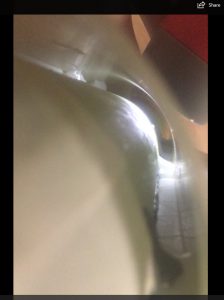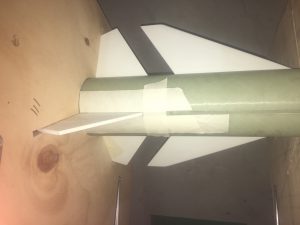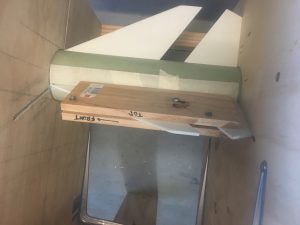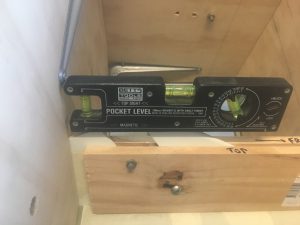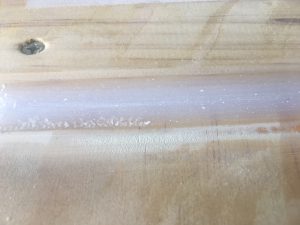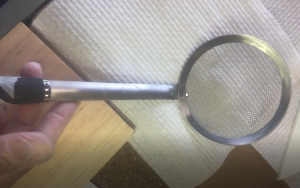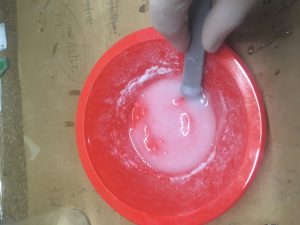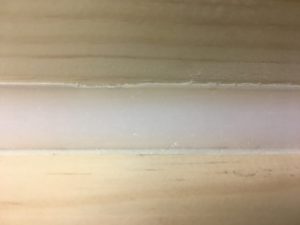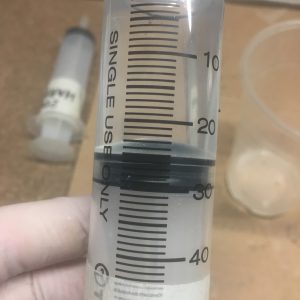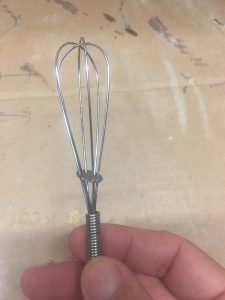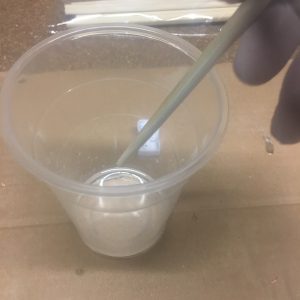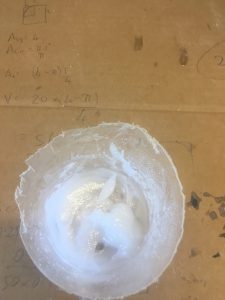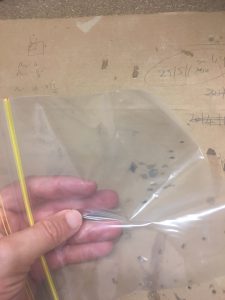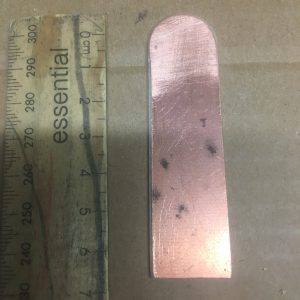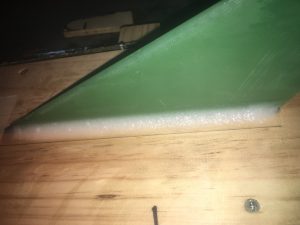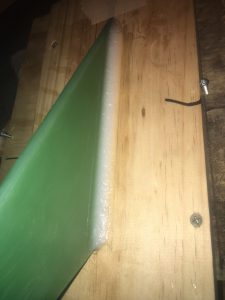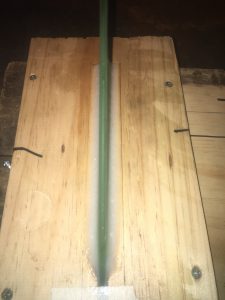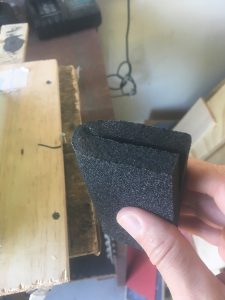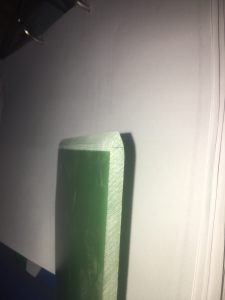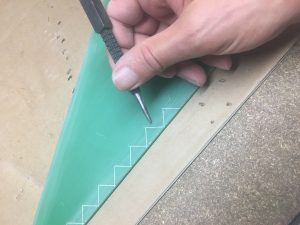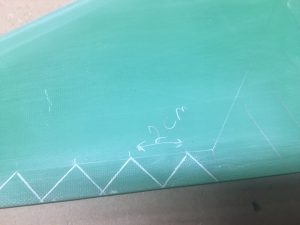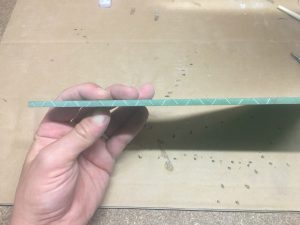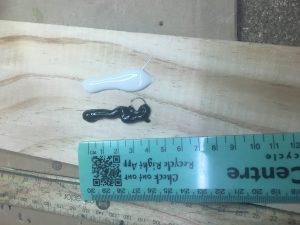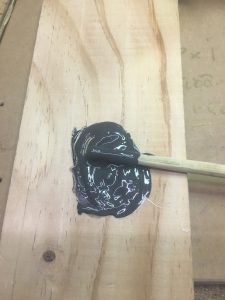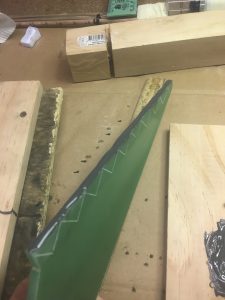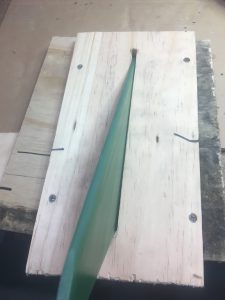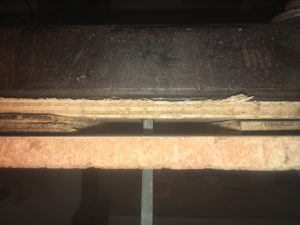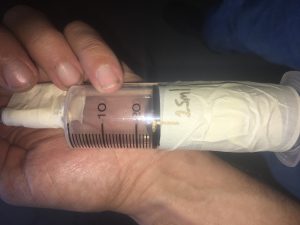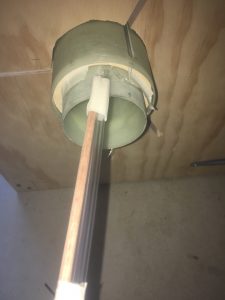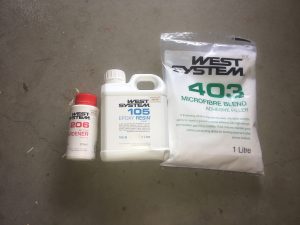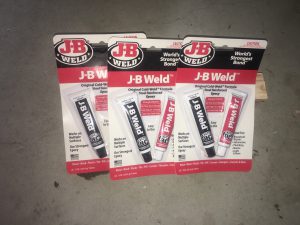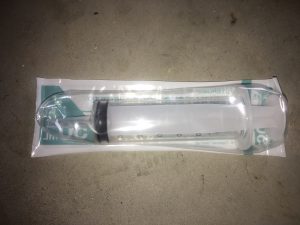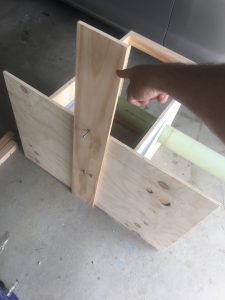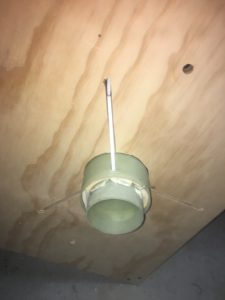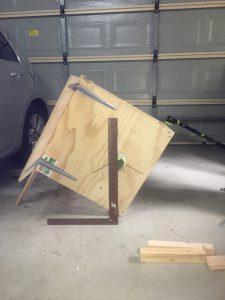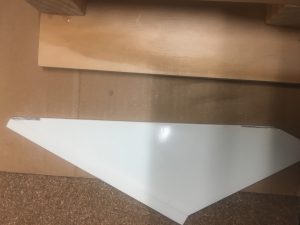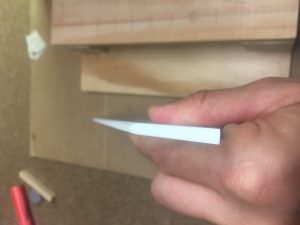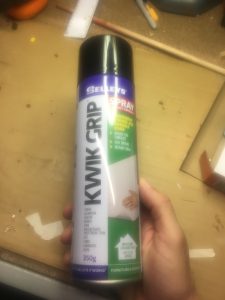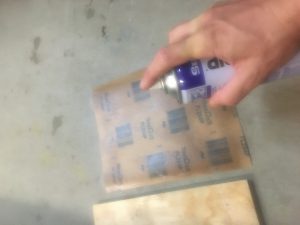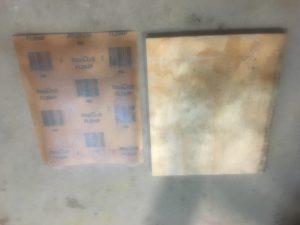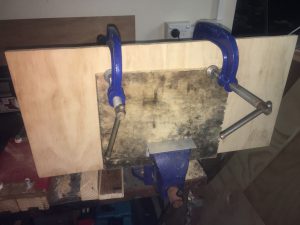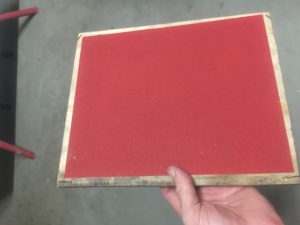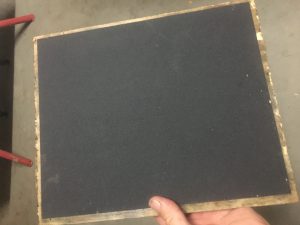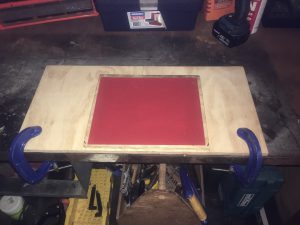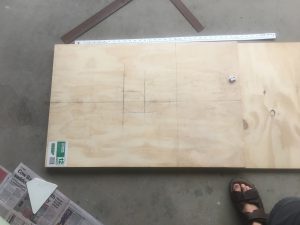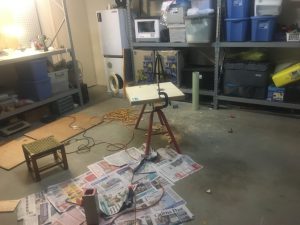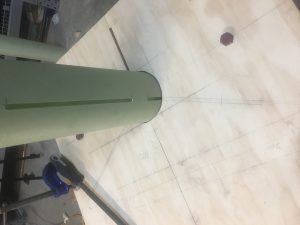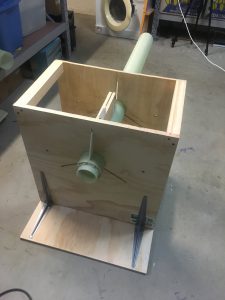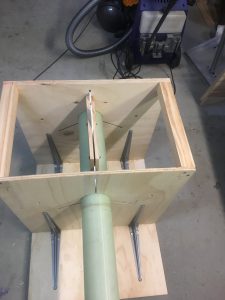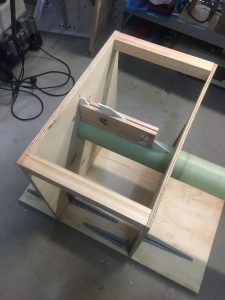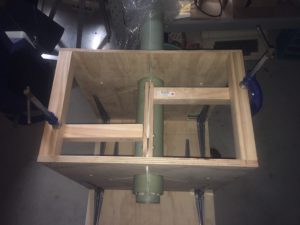I spent considerable time debating how to do the internal fillets. I’d already done a ‘trial’ run using 105/206 on a dummy fin and this had worked well, except for the epoxy dripping at each end, despite best efforts to step the flow with some wood/tape.
Really questioned whether I should go for 105/206/403 mix instead, which would need no bogging or special care in terms of spill management.
I decided in the end that 105/206/403 wasn’t going to fit the bill, because I need the fillets between fin/motor mount to make very good contact with the surfaces it is bonding. i.e. I’m more concerned about surface adhesion, rather than the strength of the Epoxy itself. So a running Epoxy is going to get to all the gaps, cuts. So the only effective way I could think of stopping leaks/spillage of this 105/206 mix was to bog the ends. I thought about a nylon rope solution, but didn’t think I could rely upon it.
I used wood doweling with some 6mm inner diameter plastic tube to get the fin ends bogged up. The 6mm only just fit into the cavity. I choose 6mm because I didn’t want to have a hard time pushing the epoxy mix. With 5mm, it is only one mm less, but the difficulty is so much greater!I carefully marked on the Rod how far it is inside the rocket back-end. I visually confirmed where it was located and pushed thickened 105/206/403 into position.
Here is a picture of the result.
As you can see, the bog works pretty well. I wasn’t too happy with some bogs, so I added a small amount of JB-Weld to extend the bog.
You will notice that I’e shone the torch through the Fibreglass Air-frame. A very handy way to look at work.

